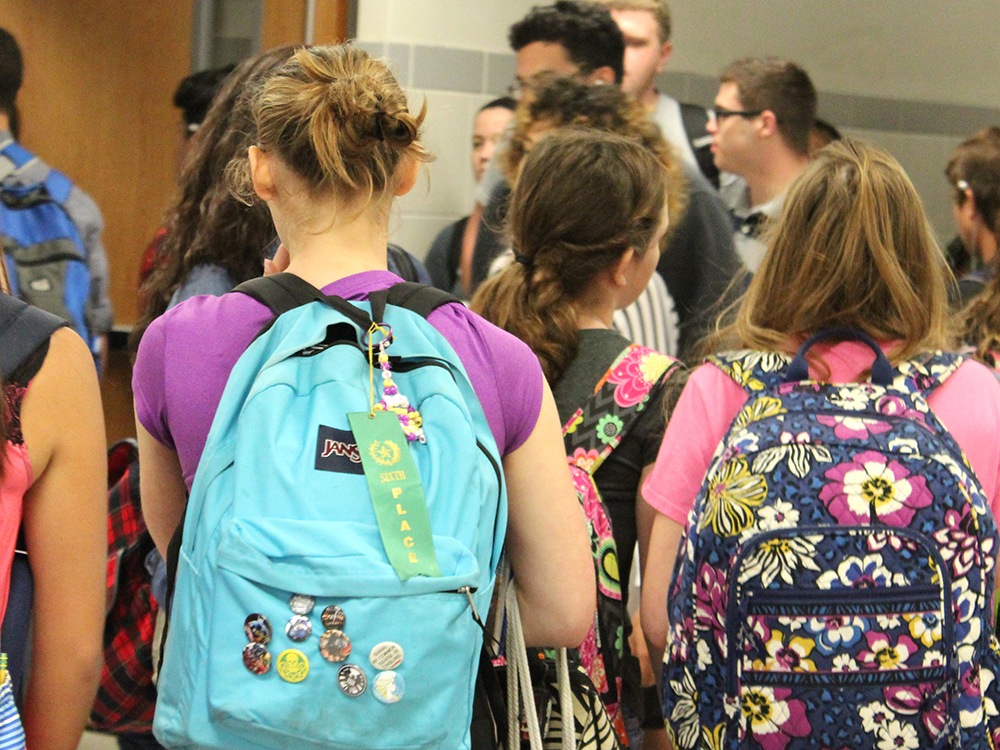Starting in the 2015-16 school year, KellerISD implemented a 5-period block schedule for all four high schools. Students became worried that they’d mix up “A” and “B” days, teachers worried about prolonged lesson plans, and guidelines for other things – like seat time – changed.
What does block schedule mean for students? This is a question that administration revisited over, and over.
“The block schedule allows students to attend 5 classes a day instead of 8. Allow students to go deeper into the material in the 90 minute classes and not have homework in 8 classes every night,” says Mrs. Scanlon, a counselor for the Timber Creek administration.
Counselors knew that lunchtimes, passing periods, and even times for watching morning announcements would affect not only the district-wide high school schedule, but schedules for every student in the district.
This year there are a few changes, however, they are in efforts into making the school day more effective. For example, instead of having four-minute passing periods from the ’15-’16, the students now have a six-minute passing period from class to class. Since TCTV’s episodes this year will be no longer than six minutes this school year, 2nd period is now extended so there would be a designated time to watch morning announcements.
This seems very well organized and planned out. So, why does the schedule feel so ugly? At the beginning of each school year, according to Mrs. Scanlon, on average, each counselor receives about 100-150 schedule change requests per year. That means that in the first two weeks of school, up to 1,200 students either request a schedule change, or get it changed. That’s almost half the school.
Hence, the word Ugly. Counselors are scrambling to fix schedules to fix every bodies needs. Before fretting, think of the extent of students that are in the same position as you.


